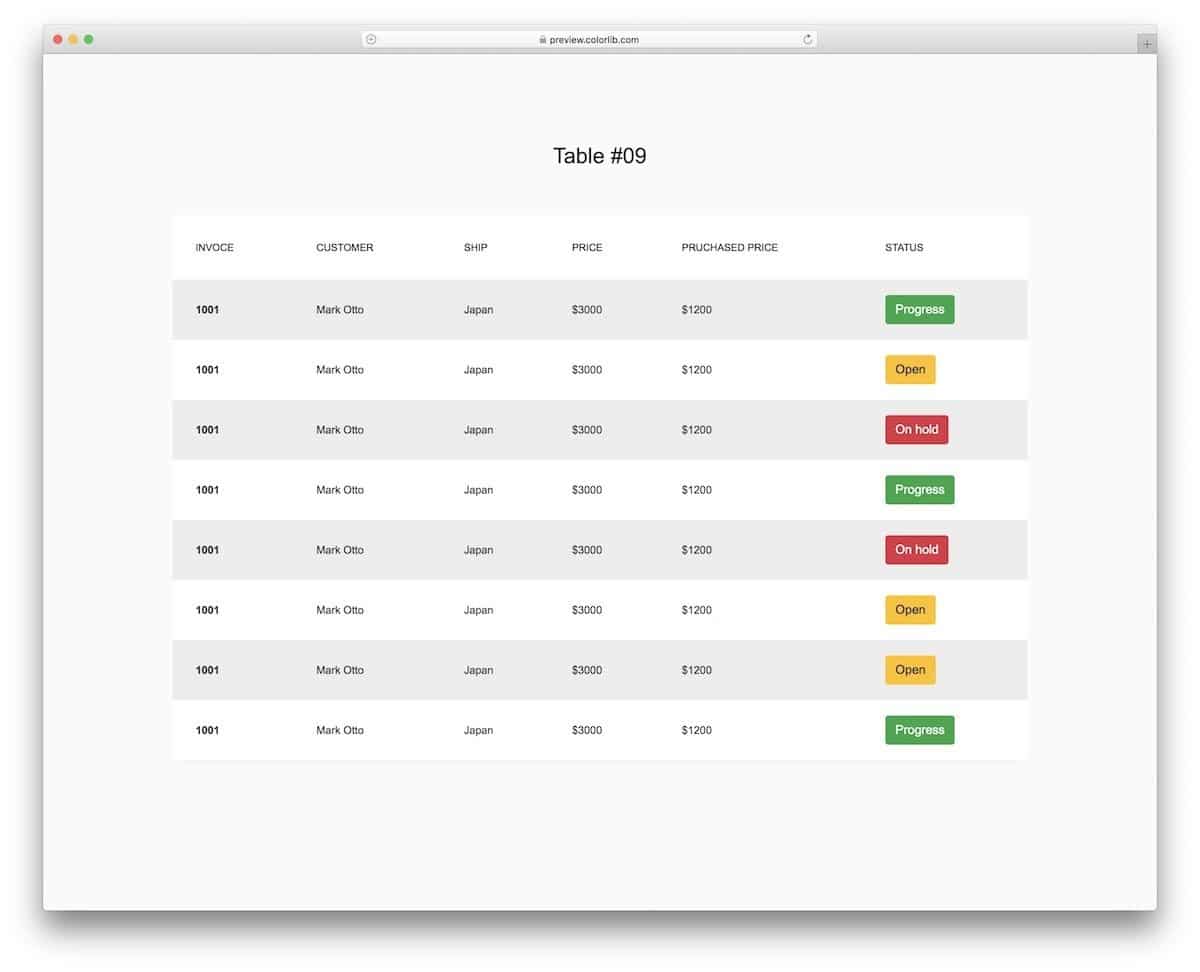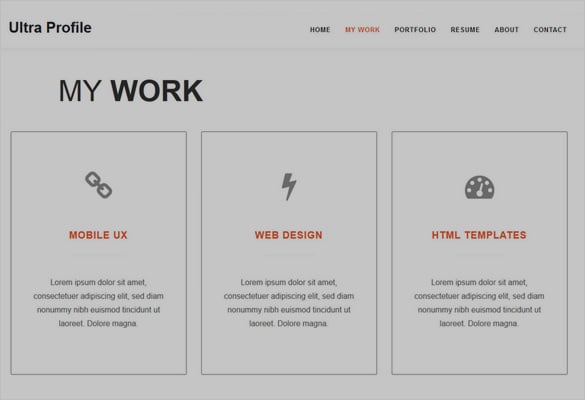

- #Simple css stylesheet templates how to
- #Simple css stylesheet templates pro
- #Simple css stylesheet templates code
- #Simple css stylesheet templates license
So what makes a good HTML5 and CSS starter template? Any new technique you used or changes you made while working on a project will be fresh in your mind, and you can apply them to your boilerplate. A good time to make updates is while you are working on a project, or when you just finished a project.
#Simple css stylesheet templates code
I recommend putting your boilerplate code in a repo on GitHub or Bitbucket, and keeping it updated. See the links toward the bottom of this post for CSS code that you can use in your own starter template. Here is what my main Sass file looks like: I’m using Sass to keep the CSS organized. It may be easiest to look at some examples and go from there. From there, you can add the basics for typography, form elements, tables, a basic grid, etc. Here’s an example of a plain HTML5 starter template:įor the CSS, you’ll likely want to use a reset of some sort or the normalize library. You can still create a few common templates such as blog articles, a portfolio, or a grid of items.
#Simple css stylesheet templates how to
How to build your ownĪssuming that you want to go down the route of building your own, I recommend you start from scratch with a basic HTML5 template, and add a few helper styles.įor the HTML, you only need to worry about the initial structure, as you will have the need for different page markup depending on the project. So I just built my own, and borrowed a few things. And I wanted a basic CSS framework to go along with it. In my case, it contains code I never use and always end up deleting. The HTML5 boilerplate may be a good starting point for your own HTML5 and CSS starter template. The question arises, should you use something that’s already out there or build your own? If you use the HTML5 boilerplate, you’ll have a good starting point and the benefit of code that has been around a while and has been tested.īy building your own, you can set things up exactly how you want, and you’ll learn something new along the way. Should you use an existing solution or build your own? And as techniques change, it’s an opportunity to keep your boilerplate updated with new code, and remove the old stuff. The advantage is that you use the same starting point for every project, which will cut down your development time. An HTML and CSS starter template or boilerplate gives you a basic framework that you can use for your projects. If you ended up here, you’re probably looking for the best way to start a project with some HTML and CSS. The goal of MVP.Why do you need an HTML5 and CSS starter template? That's OK, you probably shouldn't love your MVP. color-bg: #000 /* This will take precedence */

* Lower in the CSS, or in a 2nd stylesheet */
#Simple css stylesheet templates pro
PRO TIP If there are two conflicting CSS styles, the last one will take precedence. Inline, at the end of MVP.css or in a new stylesheet. Most styles are editable through CSS variables. The original concept and additional tips can be found in this article: What if I don't like the default styles? By using MVP.css will respect the user's dark mode preferences. How do I handle a user's dark mode preference?īy default will force users into light mode. Mostly HTML, maybe a hint of CSS if you want to get fancy. PRO TIP An MVP is a temporary site, it doesn't have to be and shouldn't be perfect. font-family: -apple-system, BlinkMacSystemFont, "Segoe UI", Roboto, Oxygen-Sans, Ubuntu, Cantarell, "Helvetica Neue", sans-serif Ĭustom styles can be added inside a tag, or at the end of your local mvp.css fileįrequently Asked Questions Why would I use this? Editing these variables will change the styles globally. MVP.css includes a list of CSS variables. - content area for centered / special content.MVP.css works with the following HTML elements: "Uber for X" brainstorming sessionįor a showcase of each styled element, check out the quickstart More building and less designing with "set and forget" styling.

It integrates easily into one all of myĪ few, clean styling options without all the bells and whistles "By far the easiest stylesheet I've ever used. That means personal projects, commercial ventures, remixes and more are all welcome.
#Simple css stylesheet templates license
MVP is released under the permissive MIT license so you can freely use it however you'd like. It's like an amped up CSS reset that you can toss into any project to get decent styling. MVP is designed to look great on all browsers and devices out of the box for rapid prototyping. MVP styles your root HTML elements, so you don't need to learn a new CSS framework or naming No class names, no frameworks, just semantic HTML and you're done.įor a clean looking design that doesn't get in the way HTML and You're Done MVP.css - Minimalist stylesheet for HTML elementsĪ minimalist stylesheet for HTML elements


 0 kommentar(er)
0 kommentar(er)
